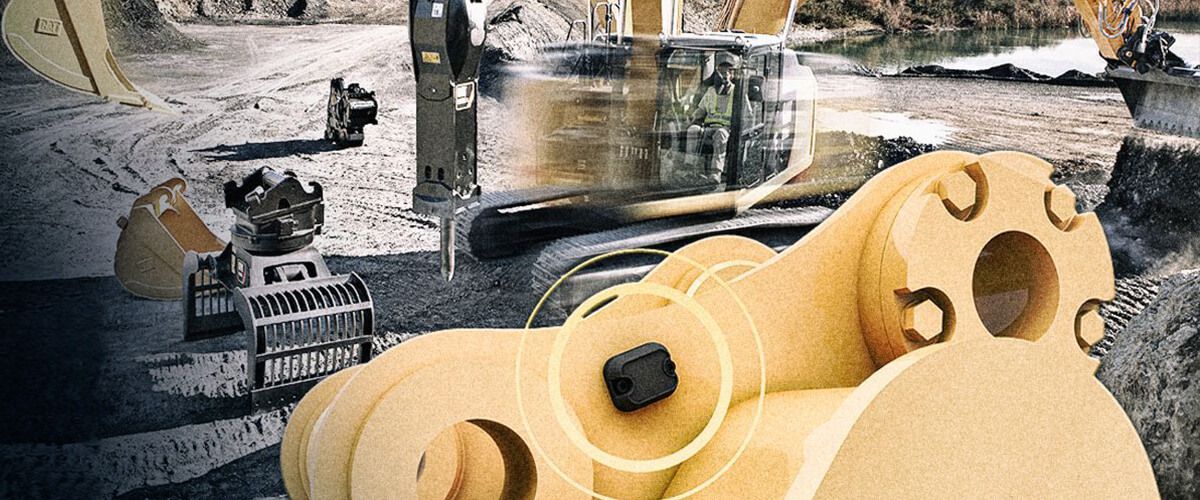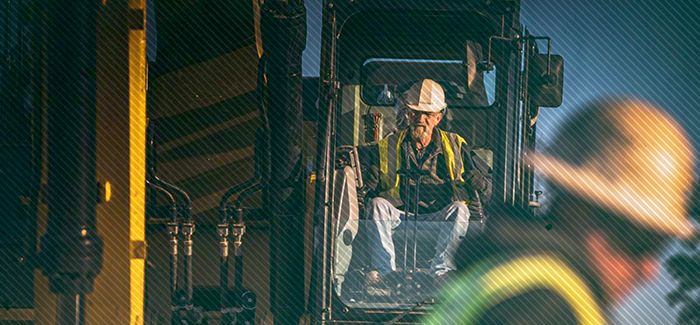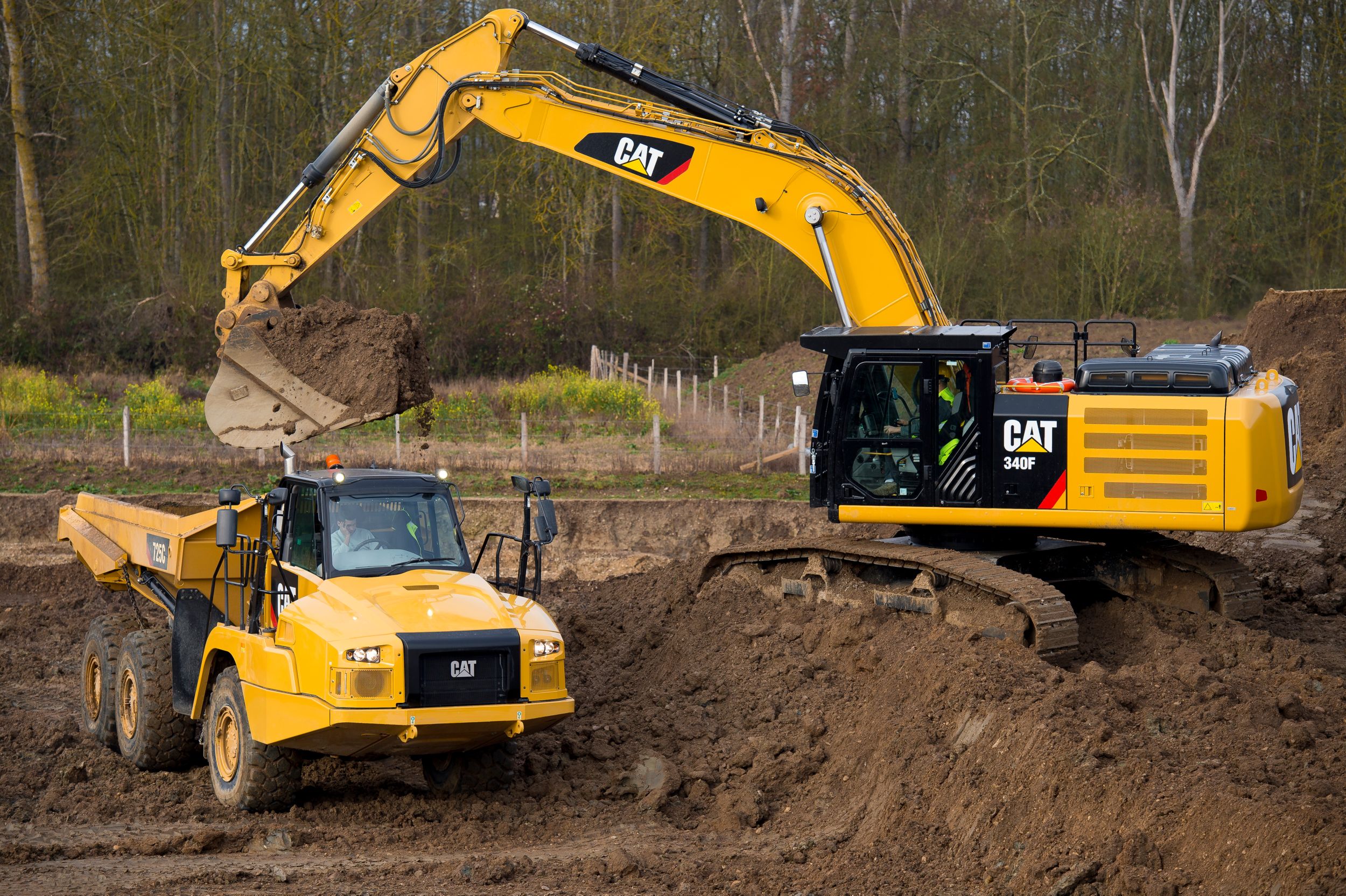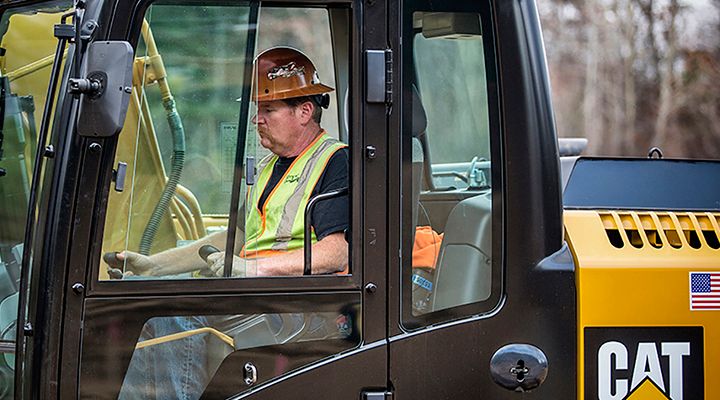If you already have an existing account with another Cat App, you can use the same account to sign in here.
One Account. All of Cat.
Your Caterpillar account is the single account you use to log in to select services and applications we offer. Shop for parts and machines online, manage your fleet, go mobile, and more.
Account Information
Site Settings
Security
3 Reasons to Add Tracking Devices to Your Work Tools
Learn how attaching a tracking device to any of your work tools can lead to big benefits.
Have you heard of the Apple AirTag or the Galaxy SmartTag? They’re two examples of small personal tracking devices equipped with Bluetooth technology. You attach them to things you want to keep a close eye on, like your keys, your wallet or your bike. A lot of people are sticking them on luggage these days — if the airline loses your bag, you’ve got a record of exactly where it is.
Personal trackers aren’t built for the rigors of the worksite, but there are comparable products made specifically for construction tools and attachments. Generally called “work-tool locators” or something similar, they attach to a bucket, a set of forks, a mulcher — pretty much any non-powered item. Then they use Bluetooth to send information about that tool back to you on your laptop or mobile device.
What’s the advantage of that? Here are three big benefits:
1. Increase productivity
Work tool locators give you the exact GPS location of whatever they’re attached to. That can lead to significant time savings if you operate across multiple sites or on large jobsites. No more searching around looking for a specific item — just pull out your phone to see exactly where it is and put it to work right away. Or you can plan ahead to make sure what you need is on location when you need it. Either way, instead of wasting time searching for tools and attachments, your team spends that time on productive, moneymaking tasks.
2. Avoid loss
It’s not uncommon for tools and attachments to get misplaced or accidentally left behind on-site, especially if you’re busy working on multiple projects. There’s also the risk of theft. The latest report from the National Equipment Register and National Insurance Crime Bureau says equipment theft costs contractors around $400 million a year. Only about 20% of stolen goods are ever recovered. Work tool locators help you keep track of your valuable investments. Many also let you set up site boundaries — so if a work tool leaves an area it’s not supposed to, you’ll get an alert immediately.
3. Plan maintenance
In addition to providing GPS location data, most locators give you information about the number of hours a particular tool or attachment has been in service. When you know the working hours, you’re better equipped to predict the need for maintenance or replacement of wear parts. And that can help prevent unplanned repairs and downtime.
Want to see one of these devices in action? This video shows you how easy the Cat® PL161 Attachment Locator is to activate and use — including its special work-tool recognition feature.
RELATED ARTICLES
You’re here to get ideas to grow your business. Read on for machine insights and expert tips and tricks to get more out of every job.
-
Machine Telematics
Harness the data of your machines through telematics subscriptions. Find maintenance problems early, increase productivity and save money by following our telematics guide.
Learn More -
Rolling Resistance Factors
You can use rolling resistance factors to help you identify which equipment will be most efficient on your worksite.
Learn More -
Swell & Void Percentage, Load Factors
Learn about Swell and Void Percentages, load factors and how they can affect your fuel efficiency.
Learn More -
New Ways to Burn Less: The Latest in Fuel Efficiency
More stringent emissions standards pushed manufacturers to develop engines that run cleaner with many of those advancements resulting in big gains in fuel efficiency.
Learn More





